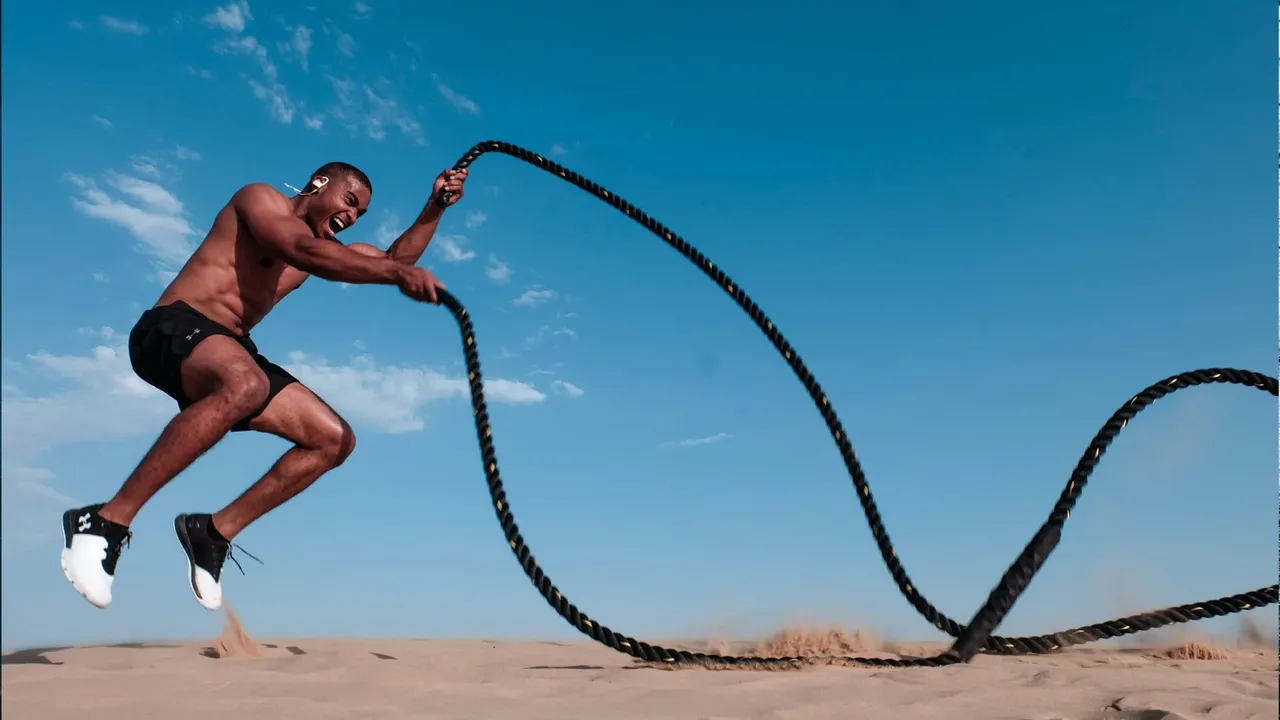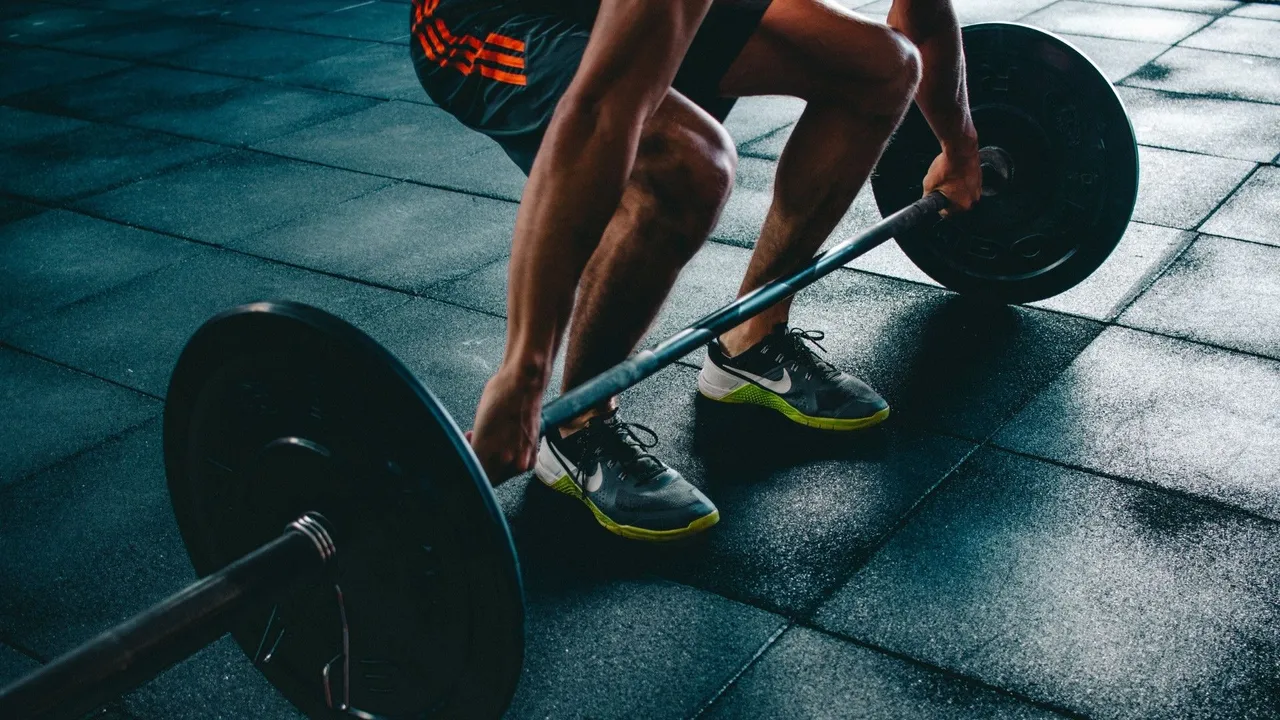There is one piece of fitness equipment that is absolutely essential for everyone to own.
Whether you work out at home, or at a gym. You need this for long term success.
This often overlooked piece of equipment is more important than any weights or resistance bands. It’s more important than any jump rope, pair of sneakers, or bicycle.
And chances are, you already own it. You just need to put it to use.
I’m talking about your workout journal.

EVERYONE who I have seen make the fastest progress and have the best long term results with their program uses a journal. And EVERYONE who struggles does not keep a journal. The correlation between keeping a fitness journal and hitting your goals is very strong.
In this post I’m going to share some pros and cons to different types of journaling methods, as well as some useful things to journal.
Your goals will dictate exactly what you focus on, and what you detail versus what you generalize, but this should give you a good starting point.
What Kind Of Journal To Use?
For most people, a simple notebook will suffice. I prefer to use a composition notebook because they are cheap. You can use a fancy, purpose built notebook if it helps you to record what you need to and it motivates you to use it, but I like a plain blank notebook.
One of the other benefits of a plain composition book is that it isn’t structured for any particular type of workout. If you’re doing weight training on one day, running on the next, and martial arts on the third day, then you can freely write in the most important information for each type of workout in a blank page. Since the page isn’t already structured, you can capture the information you want, how you want.
I prefer to use a pencil with my notebook because dripping sweat on ink can lead to smudged and ink stained pages that are hard to read.

Occasionally I will use an app to track things. This depends on the type of training I'm doing, and how well suited for tracking the relevant metrics the app is. Most apps fall short of recording what I like to track, however. And this very much includes food tracking apps. Still, for some people with some goals, an app can be a convenient way to journal and track things.
For my 1 on 1 coaching clients I use an app to deliver their workouts to them, along with demonstration videos. I can then see the results they track in the app on my end and offer feedback. This is one good thing to use apps for.
Some apps are purpose built for fitness, and others are more general note taking apps. If you are a wiz with an app like Evernote or Notion, then you can create some very useful and searchable workout journals. Some people thrive on that level of organization. Some find it tedious.
And finally, you can use a spreadsheet. Making a Google Sheet that is formatted to view nicely on mobile gives much of the convenience of an app with the customizability of a paper notebook. And like with Evernote or Notion, if you’re a wiz with spreadsheets you can create some useful formulas and charts to track your progress and help you to know what to do in the next workout to improve.
Still, all things considered, I find a plain composition notebook and a pencil to be the most ideal journal. And this is coming from someone who loves spreadsheets, apps, and Notion.
So, What Do You Track?
For a basic strength training program, you typically want to track exercises done, sets, reps, and weight. Depending on the program, you can track rest periods, rate of perceived exertion, total volume and density of the workout. That’s all very useful data. A good program will tell you what’s needed to track in order to make optimal progress.

Cardio workouts like running, cycling, HIIT and the like can track distance traveled, heart rate, rest periods, and things like that. Rate of perceived exertion is also a good thing to track.
For technical and skill based workouts, you can grade your technique on a 1-10 scale and keep detailed notes. Maybe you’re working on a martial arts kata and are struggling with one particular stance. Note that so that you can know to focus on the things that will improve that for the next workout.
If you struggle with chronic pain issues, logging your pain points and intensity on a daily basis is useful. A simple way to do this is to draw a stick figure and put a number indicating intensity of pain on a 1-10 scale at the point on the stick figure where you have experienced pain. A journal like this, along with information from your workout like exercise selection and rate of perceived exertion, will help you to find patterns of how your body reacts to different exercises. This will help you to make informed decisions about what is right for YOU in future workouts.
Again, depending on your goals and your program, you’ll be tracking different metrics. And as your goals and program change, so will what you track. For this reason, a paper notebook really is the best option due to its flexibility.
To Sum Up
All of the most successful people I’ve worked with have kept very good workout journals. Whatever type of workout you do, and whether you workout alone or with a coach, this information is invaluable in optimizing your training. Don’t make the mistake of missing out on all that this most important piece of fitness equipment can offer.
